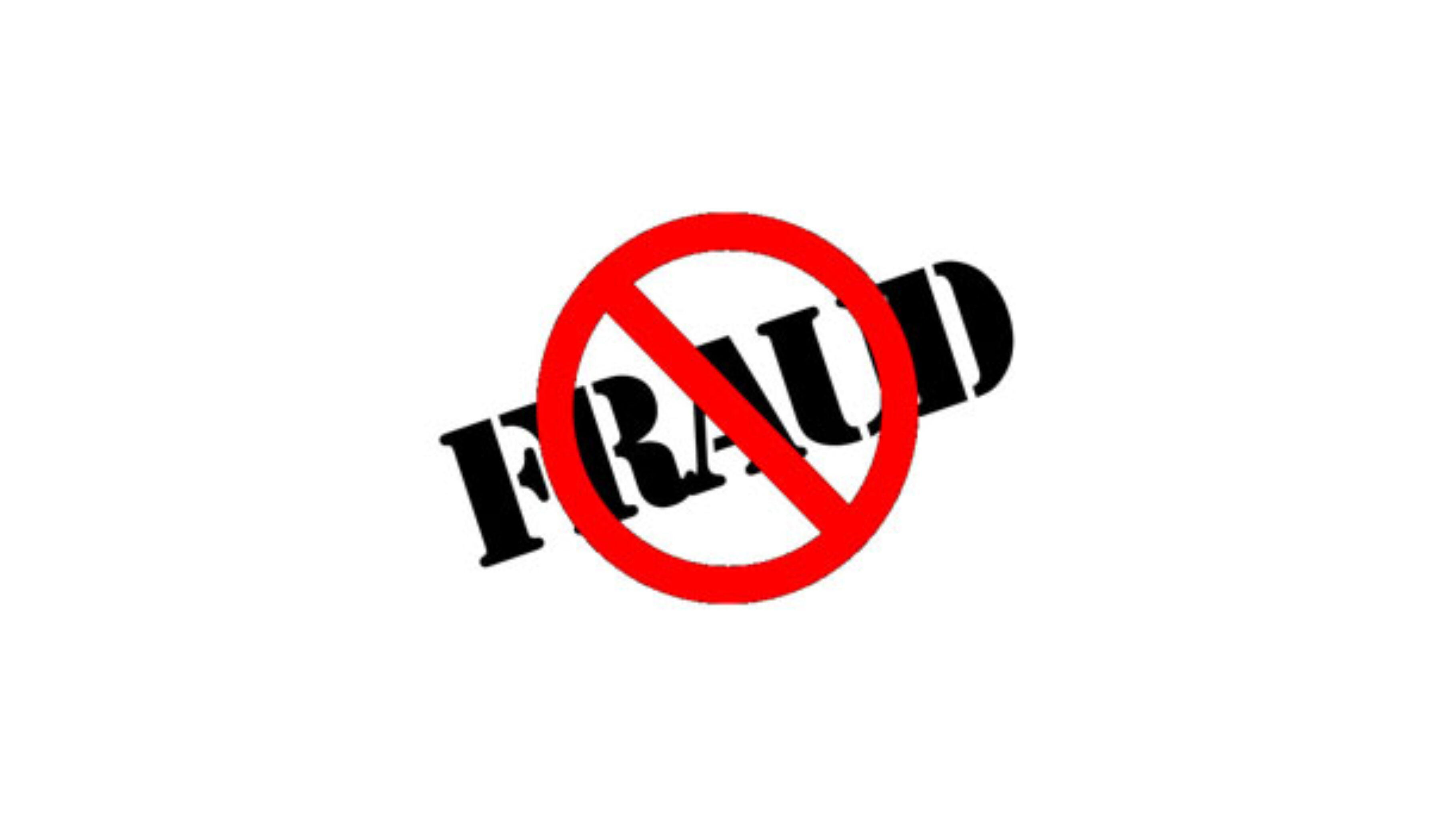Fraudulent transactions are sadly still an occurrence. It is a matter of numbers. The busier your site is, the higher the likelihood is that you will receive fraudulent payments. While the risk is ever present, there are always measures you can take to avoid the levels escalating. It is important to feel secure in the notion that your eCommerce site is as safe as you can make it, so you can get on with what’s important- marketing and selling your products. With that said, let’s look at the measures you can take to ensure that any fraudulent activity on your site is kept to a minimum.
Incorporating 3D secure
A key way of preventing fraudulent card payments is by ensuring that the individual carrying out the payment procedure is actually the credit/debit card holder. This can be enabled through 3-D secure (Three-Domain Secure), which is a security protocol offered by banks which ensures that cardholders are indeed eligible to use the cards, by assigning a unique username and password to the cards. Before payments can be completed, users have to enter this username and password, which will not appear anywhere on the card. Should the card have been stolen, it will obviously be impossible for the criminals to pass through this security measure.
Take a good look at suspect orders.
Knowing your business inside and out, stands you in good steed to stop any activities on your site that look suspect or strange from the get-go. If you truly know your customers and understand their buying behaviours, then you will start to notice any irregularities in the purchase orders you receive. If you run a busy site, it can be hard to keep track of all your customers and their buying habits. However, there are some obvious irregularities that you will be able to see just by glancing at the orders section in the backend of your site. These include:
Unusually large orders.
Requests to change the shipping address after the order has been paid.
Large international orders, ordered in a short space of time.
Large orders taking place at an unusual time of day.
Multiple orders from different customers shipped to the same address.
Fake email addresses.
P.O Box shipping addresses.
Scrutinise order information
The two main things to analyse in your orders list when investigating fraud, are shipping address and billing address. Any discrepancies can suggest potential fraud. While it is reasonable to presume that many individuals register their credit or debit cards to addresses other than their main place of residence, a quick online search can verify how far apart the shipping and billing addresses are. If they are a significant distance apart, then you might want to get in touch with the customer to query the validity of the order. When you email customers to double check that the shipping address is indeed correct, and the email provided bounces then you have another warning sign. These are some of the tell tale signs that the transactions were fraudulent and in the event of this, you may wish to cancel the orders.
Please bear in mind that even when you take these preventive measures, there’s still a chance of fraudulent activity happening on your eCommerce website.There are a wealth of technological measures you can implement with help from your developer, but the tips outlined above will help you identify any unusual goings on, so that you can cancel suspicious transactions and consult the customer and/or the relevant authorities. The chances are that in the time it has taken you to cancel the order and stall the suspect with email queries, the individual who has had their card stolen, or their account hacked, will have had time to alert their bank.








